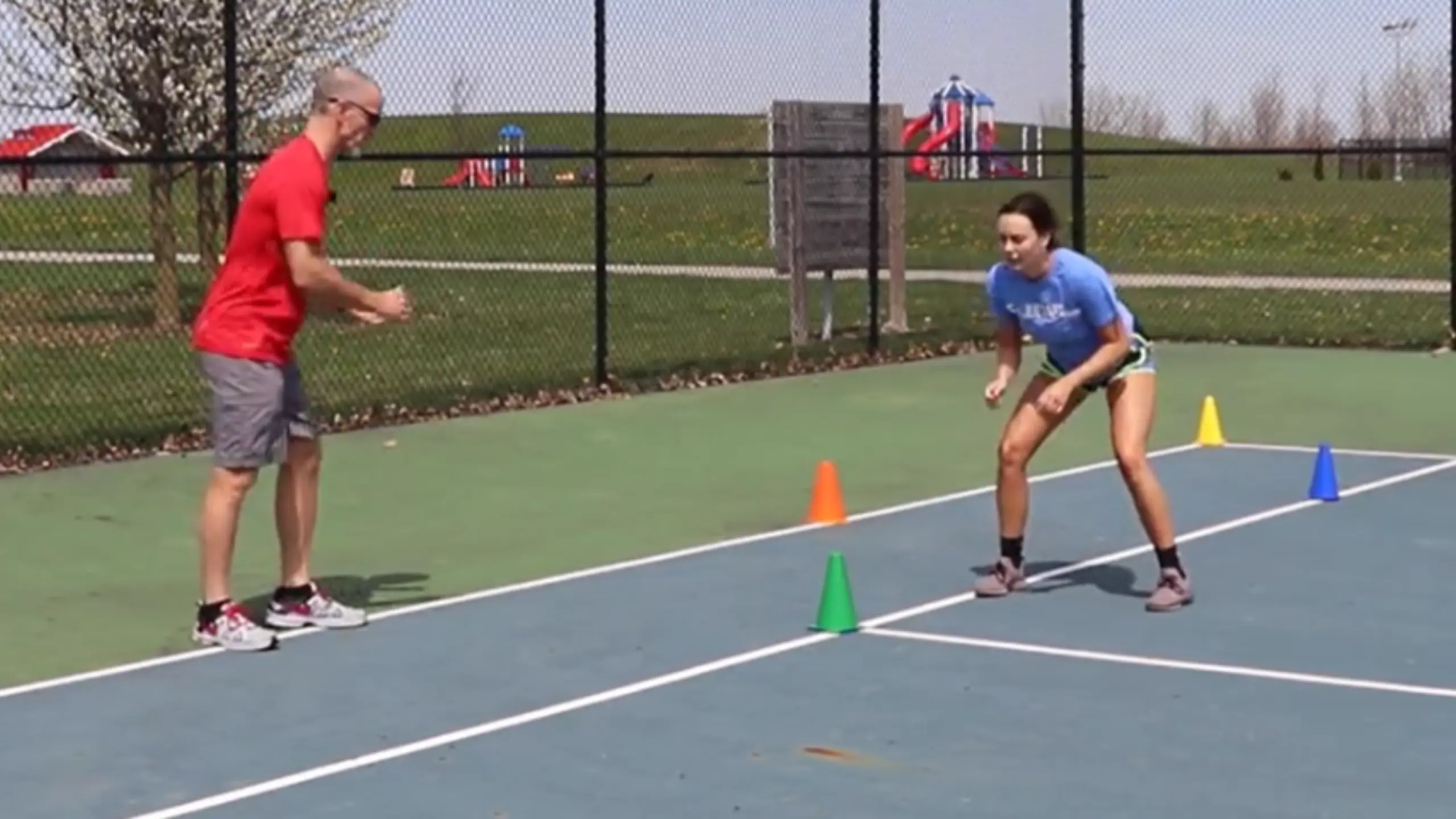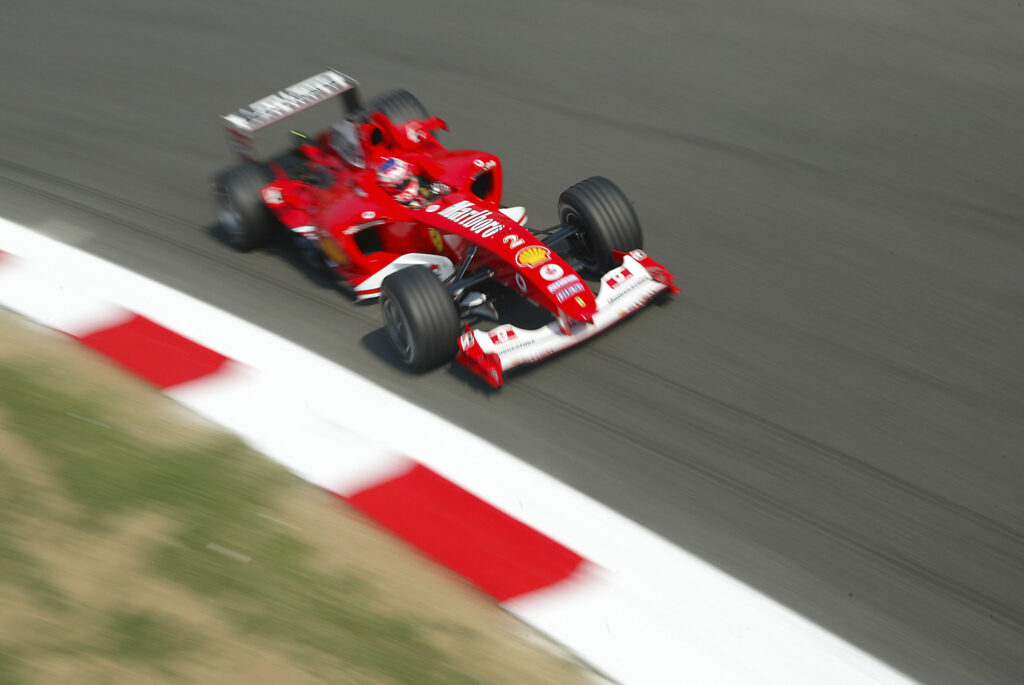
Mastering the Court: How to Improve Agility for Tennis Players
Tennis is a sport of relentless motion, precision, and lightning-fast reactions. While powerful serves and exquisite groundstrokes often steal the spotlight, it’s agility – the ability to change direction quickly and efficiently while maintaining balance – that truly separates good players from great ones. In the dynamic theatre of a tennis match, where every shot demands a response, superior agility allows players to cover the court, react to unexpected angles, and set up their own offensive plays. Without it, even the most talented shot-maker will struggle to keep pace.
This comprehensive guide will delve into the multifaceted nature of agility in tennis, exploring its key components, outlining effective training principles, and providing a detailed repertoire of drills and exercises designed to transform your movement on the court. Prepare to elevate your game, one swift step at a time.
Why Agility is Non-Negotiable in Tennis
Before we dive into how to improve agility, it’s crucial to understand why it’s so fundamental to a tennis player’s success:
- Court Coverage: Tennis requires players to constantly move across a significant area. Agility enables you to quickly get to wide shots, retrieve drop shots, and cover the net with speed.
- Reaction Time: The ball can come at you at speeds exceeding 100 mph. Agility training sharpens your reaction time, allowing you to anticipate and respond to incoming shots more effectively.
- Change of Direction (CoD): A single rally can involve dozens of direction changes – sprinting forward for a drop shot, shuffling laterally for a groundstroke, or retreating for a lob. Efficient CoD minimizes wasted motion and conserves energy.
- Balance and Stability: Maintaining balance during quick movements and while striking the ball is paramount. Agility drills often incorporate elements that challenge and improve your dynamic balance, leading to more stable and powerful shots.
- Injury Prevention: A strong, agile body is more resilient. Training for agility strengthens the muscles and joints involved in rapid movements, reducing the risk of sprains and strains often associated with sudden stops and starts.
- Tactical Advantage: Superior agility allows you to dictate play. You can retrieve seemingly impossible shots, forcing your opponent to hit an extra ball, or quickly transition from defense to offense, creating openings for winners.
- Fatigue Management: Efficient movement is less taxing. By moving more economically and powerfully, you conserve energy, allowing you to maintain a high level of performance throughout long matches.
The Core Components of Agility
Agility isn’t a single skill but a complex interplay of several physical and cognitive abilities. To train it effectively, we must understand its constituent parts:
- Speed: This isn’t just about linear sprinting. For tennis, it encompasses:
- Linear Speed: Sprinting forward or backward (e.g., retrieving a drop shot or covering a lob).
- Lateral Speed: Shuffling side-to-side (e.g., covering the baseline).
- Multi-directional Speed: Combining various directions, often seen in complex rally situations.
- Change of Direction (CoD) Ability: This is the mechanical ability to decelerate, plant, and re-accelerate in a new direction. It involves:
- Deceleration: The ability to brake quickly and effectively.
- Footwork: The specific patterns and steps used to transition smoothly.
- Body Control: Maintaining posture and balance throughout the change.
- Reaction Time: The speed at which you respond to a stimulus (visual cues like your opponent’s body language or the ball’s trajectory, or auditory cues). This is often called "reactive agility."
- Balance and Stability:
- Static Balance: Maintaining equilibrium in a stationary position.
- Dynamic Balance: Maintaining equilibrium while moving, crucial for hitting on the run or recovering after a shot.
- Coordination: The ability to integrate different body parts to produce smooth, efficient, and precise movements. This includes hand-eye coordination and footwork-body coordination.
- Cognitive Agility (Anticipation & Decision-Making): This is the mental aspect. It’s about reading the game, anticipating your opponent’s shots, and making quick, effective decisions about where to move and how to respond. This is arguably the most advanced form of agility.
Principles of Effective Agility Training
To maximize your agility gains, integrate these principles into your training regimen:
- Specificity: Train movements that mimic those found in tennis. While general fitness is good, specific tennis movements yield the best results.
- Progression: Start with basic drills and gradually increase their complexity, intensity, and speed. Don’t rush into advanced exercises.
- Variety: Avoid plateaus by regularly introducing new drills and variations. This keeps your body and mind challenged.
- Proper Warm-up and Cool-down: Always begin with dynamic stretches and end with static stretches to prepare your body and aid recovery.
- Focus on Technique First: Prioritize correct form over speed initially. Sloppy technique can lead to injury and inefficient movement patterns. Speed will naturally follow good form.
- Rest and Recovery: Agility training can be demanding. Allow adequate rest between sessions for muscle repair and adaptation.
- Incorporate Reactive Elements: Move beyond predetermined patterns to include drills that require you to react to visual or auditory cues.
Practical Agility Drills for Tennis Players
Here’s a structured approach to agility training, progressing from fundamental footwork to tennis-specific scenarios. Aim for 2-3 agility sessions per week, with adequate rest in between.
1. Dynamic Warm-up (5-10 minutes)
Always start here to prepare your muscles and nervous system.
- High Knees: Marching or running with knees lifted high.
- Butt Kicks: Kicking your heels towards your glutes.
- Walking Lunges with Torso Twist: Step forward into a lunge, twist your torso over the front leg.
- Cariocas (Grapevines): Cross one foot in front, then behind, while moving sideways.
- Lateral Shuffles: Low stance, quick side-to-side movement.
- Leg Swings: Forward/backward and side-to-side.
2. Fundamental Footwork & CoD Drills (15-20 minutes)
These drills build the basic patterns and explosiveness.
-
Agility Ladder Drills:
- Ickey Shuffle: Quick feet, one foot in, one foot out per box, alternating.
- In-Out: Two feet in, two feet out, moving laterally.
- Lateral Shuffle: Face sideways, quick two-in, two-out per box.
- Single-Leg Hops: Hop through each box on one leg.
- Benefits: Improves quickness, coordination, and rhythm.
-
Cone Drills: Set up cones to mark pathways.
- T-Drill: Sprint forward to a cone (A), shuffle right to cone (B), shuffle left past (A) to cone (C), shuffle back to (A), then backpedal to start.
- L-Drill (3-Cone Drill): Sprint forward to cone (A), cut and sprint laterally to cone (B), cut and sprint back diagonally to (C), then sprint to (A).
- Box Drill: Sprint around a square of four cones. Vary directions (clockwise/counter-clockwise, forward/backward/lateral).
- Star Drill: Place a central cone with four-six cones equidistant around it. Sprint from the center to each outer cone, touch, and return to the center before moving to the next.
- Benefits: Enhances acceleration, deceleration, and sharp changes of direction.
-
Shuttle Runs:
- 5-10-5 Shuttle (Pro Agility Drill): Start at a central line, sprint 5 yards right, touch, sprint 10 yards left, touch, sprint 5 yards back to center.
- Benefits: Excellent for lateral speed, acceleration, and deceleration.
3. Plyometrics (Explosive Power) (10 minutes)
These drills build explosive power, translating to quicker first steps and more powerful changes of direction.
- Box Jumps: Jump onto a sturdy box, landing softly. Step down. Start with low boxes and gradually increase height.
- Broad Jumps: Jump forward as far as possible from a standing position.
- Lateral Hops: Hop side-to-side over a line or low hurdle.
- Bounds: Exaggerated, powerful running strides, emphasizing hang time and distance.
- Benefits: Develops reactive strength, power, and elasticity in muscles and tendons.
4. Reactive Agility Drills (10-15 minutes)
These drills integrate decision-making and reaction time, mirroring real-game situations.
- Partner Ball Drop: Stand facing a partner who holds a tennis ball at various heights. When they drop it, react quickly to catch it before it bounces twice (or once, for advanced).
- Color Call-Outs: Set up cones of different colors. Your partner calls out a color, and you sprint/shuffle to that cone.
- Mirror Drills: Face a partner who moves randomly (forward, backward, side-to-side). You mirror their movements as closely as possible.
- Reaction Ball: Use a multi-faceted rubber ball that bounces unpredictably. Throw it against a wall and react to its bounce.
- Benefits: Improves visual processing, decision-making under pressure, and spontaneous changes of direction.
5. Tennis-Specific Agility Drills (15-20 minutes)
Integrate all components into movements directly applicable to the court.
- Baseline Shuffle & Hit: Stand at the baseline. A coach or ball machine feeds balls wide, forcing you to shuffle, hit, and recover to the center. Vary the depth and speed of the feeds.
- Volley Approach Drill: Start at the baseline, sprint forward to the service line, take a volley, then recover to a defensive position.
- Serve and Recover: Practice serving, then immediately splitting step and recovering to the ready position.
- Figure-8 Drills: Use two cones placed on opposite sides of the baseline. Run a figure-8 pattern, mimicking chasing wide balls. Add a ball fed to you at various points.
- Suicide Drills (Court-Specific): Start at the baseline, sprint to the service line, touch, sprint back to the baseline, touch. Then sprint to the net, touch, back to the baseline, touch. Vary starting points and target lines.
- Multi-Ball Drills: A coach feeds a rapid succession of balls to different areas of the court, forcing continuous movement and quick recovery.
- Benefits: Direct translation to match play, improving court coverage and shot-making on the run.
Integrating Agility into Your Training Schedule
- Frequency: Aim for 2-3 dedicated agility sessions per week on non-consecutive days.
- Before Tennis Practice: Short, intense agility drills can serve as an excellent dynamic warm-up and sharpen your movement for the upcoming practice.
- Standalone Sessions: Dedicate full sessions to agility, focusing on different components each time.
- Listen to Your Body: Agility training is demanding. Ensure adequate rest and avoid overtraining, which can lead to fatigue and injury.
Nutrition and Recovery
Agility training puts significant stress on your body, making proper nutrition and recovery vital:
- Hydration: Drink plenty of water before, during, and after training.
- Fuel Your Body: Consume a balanced diet rich in lean protein for muscle repair, complex carbohydrates for energy, and healthy fats.
- Sleep: Aim for 7-9 hours of quality sleep each night to facilitate muscle recovery and cognitive function.
- Active Recovery: Light activities like walking, cycling, or swimming on rest days can aid blood flow and reduce soreness.
- Stretching and Foam Rolling: Incorporate static stretching and foam rolling into your cool-down and recovery routines to improve flexibility and release muscle tension.
Common Mistakes to Avoid
- Skipping Warm-ups: This dramatically increases injury risk.
- Poor Form: Prioritizing speed over correct technique leads to inefficient movement and potential injury.
- Lack of Progression: Doing the same drills at the same intensity will lead to a plateau.
- Ignoring Weaknesses: Focus on areas where your agility is lacking, not just your strengths.
- Over-training: Pushing too hard without adequate rest can lead to burnout and injuries.
Conclusion
Agility is not merely an athletic attribute; it is the heartbeat of a successful tennis player. By consistently and intelligently training its core components – speed, change of direction, reaction time, balance, and cognitive awareness – you will unlock a new level of performance on the court. Embrace the drills, commit to the process, and remember that every swift step, every quick recovery, and every perfectly anticipated shot contributes to a more dominant and resilient game. Sharpen your movement, and watch as your entire tennis game transforms.



